 Running a small business means juggling countless priorities with limited resources. When faced with choosing between hiring another employee, expanding inventory, or upgrading your technology systems, the latter often gets pushed to the bottom of the list. This mindset, while understandable, can be costly. The good news? You don't need Silicon Valley budgets to leverage technology effectively.
Running a small business means juggling countless priorities with limited resources. When faced with choosing between hiring another employee, expanding inventory, or upgrading your technology systems, the latter often gets pushed to the bottom of the list. This mindset, while understandable, can be costly. The good news? You don't need Silicon Valley budgets to leverage technology effectively.
The Hidden Costs Of Avoiding Technology Investment
Many small business owners focus solely on the upfront costs of technology while overlooking the expensive consequences of staying behind the curve.
Lost Productivity And Efficiency
Manual processes that could be automated continue to consume valuable time and human resources. Consider a retail business still managing inventory with spreadsheets instead of automated inventory management software. Staff members spend hours updating stock levels, often with errors that lead to overselling or understocking.
Competitive Disadvantage
Your competitors who embrace technology can operate more efficiently, respond faster to customer needs, and offer better experiences. A restaurant using online ordering systems and delivery apps captures more customers than one relying solely on phone orders.
Customer Experience Gaps
Modern consumers expect seamless, digital-first experiences. Businesses without basic technology infrastructure—like mobile-responsive websites, online booking systems, or digital payment options—risk losing customers to more convenient alternatives.
Security Vulnerabilities
Outdated systems and lack of proper cybersecurity measures expose businesses to costly data breaches, ransomware attacks, and compliance violations. The average cost of a data breach for small businesses can exceed $25,000, not including lost customer trust and reputation damage.
Essential Technology Investments For Small Businesses
Not all technology investments are created equal. Focus on these core areas that deliver the highest impact for small businesses.
Cloud-Based Business Management Systems
Cloud platforms centralize your operations, from customer relationship management (CRM) to accounting and project management. These systems allow you to access critical business data from anywhere while ensuring automatic backups and updates.
Cybersecurity Infrastructure
Protecting your business data and customer information isn't optional. Essential cybersecurity investments include:
- Business-grade antivirus and anti-malware software
- Firewall protection for your network
- Regular automated backups
- Employee training on security best practices
- Multi-factor authentication for all business accounts
Digital Marketing Tools
Effective marketing requires the right technology stack. Priority investments include:
- Professional website with mobile optimization
- Email marketing platform for customer communication
- Social media management tools for consistent online presence
- Analytics tools to track marketing performance and customer behavior
Payment Processing Systems
Modern payment systems do more than process transactions. They integrate with your inventory management, provide detailed sales analytics, and offer customers convenient payment options, including contactless payments and buy-now-pay-later services.
Maximizing Return On Technology Investment
Smart implementation and ongoing optimization ensure you get full value from your technology investments.
Focus On Employee Training
The best technology fails without proper user adoption. Invest in comprehensive training for your team, including:
- Initial training on new systems and processes
- Ongoing education as features are updated
- Documentation of standard operating procedures
- Regular check-ins to address questions and optimize usage
Measure And Monitor Performance
Establish clear metrics to evaluate technology performance. Track relevant key performance indicators (KPIs) such as:
- Time saved on specific processes
- Reduction in errors or customer complaints
- Increase in sales or customer satisfaction scores
- Cost savings from automated processes
Plan for Maintenance And Updates
Technology requires ongoing investment to remain effective and secure. Budget for:
- Regular software updates and security patches
- Hardware replacement on a predictable schedule
- System backups and disaster recovery planning
- Technical support when issues arise
Integrate Systems For Maximum Efficiency
Standalone tools create information silos and duplicate work. Look for integration opportunities that allow different systems to share data automatically. For example, connecting your e-commerce platform with your accounting software can eliminate any manual data entry and reduce errors.
Remember that technology investment is not a one-time event but an ongoing strategic priority. Businesses that embrace this mindset and make consistent, thoughtful technology investments position themselves for sustainable growth and competitive advantage.
The question isn't whether your small business can afford to invest in technology—it's whether you can afford not to.
Download our guide for more tips on growing your business!





